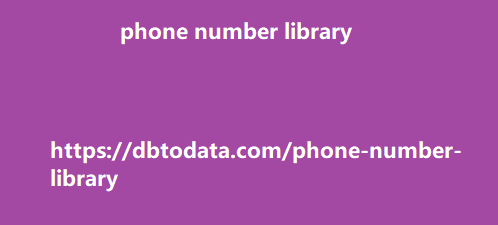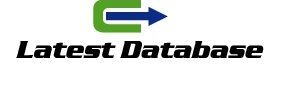Rel=”nofollow” I mentioned earlier that it’s important for you to cite your sources through outbound links to make your article more credible to your users. But you don’t want to just give away your website’s link juice. You can prevent that from happening by adding rel=”nofollow” to your links. This is what it looks like here on WordPress: rel nofollow for blog writing on your blog posts Now that you have written and optimized your blog post, it’s time to learn how to apply a how-to schema. This is, of course, applicable to your articles that are instructive in nature, hence the “how-to.” How-to articles are one of the best forms of evergreen content (remember what we talked about earlier?).
And the thing about how-to articles is
that you can basically write about anything and you can be sure that there are at least a handful of people searching for it. But the work doesn’t end there. Once you are able to get on the first page of Google, you could further improve your article by making it eligible for Google’s Rich Results using the how-to schema. Google’s guidelines on how-to schema Rich Results are special types of search results that look far different and more interactive from the traditional blue links. If your content appears in Rich Results, you can expect a higher click-through rate. To be eligible for Google’s Rich Results, you need to have the right structured data on your page and in this case, we need the how-to schema.
Adding how-to schema to your articles
simply tells Google that your article is a how-to article. However, before you start deploying how-to schema on all of your articles, make sure that you are following Google’s guidelines first. Advertising: Don’t use HowTo structured data for advertising purposes. Ineligible Content: How-to rich results may not be displayed if the content is obscene, profane, sexually explicit, or graphically violent; or if it promotes dangerous or illegal activities or has hateful or harassing language. Source: All HowTo content must be visible to the user on the source page. The how-to should be the main focus of the source page. Don’t include more than one HowTo for a certain page.
Materials and tools: Add structured data to all
materials and tools necessary to complete the task. Steps: Each HowToStep must include the entire contents of the source step. Don’t mark up non-step data such as a summary or introduction section as a step. Step images: If the steps are best represented visually, ensure the images in these steps are marked up for each HowToStep. Only mark up the instructional step images that are specific for each step and don’t use the same image in multiple steps for the same how-to. Use the same images that correspond to the content on your page. Don’t use images that don’t reflect the how-to content, or use different images to optimize the rich-result.
Final image: If the end result can be accurately
described by an image, ensure this image austria phone number library is present on the page, and your HowTo markup includes it using the image property. This image may be the same as the one marked up for the last step. Content: Don’t use HowTo markup for recipes. Recipes should use the Recipe structured data instead. Articles and general advice content that is not a specific set of instructions are not appropriate for HowTo markup. Applying how-to schema on your blog writing Understanding the how-to schema objects/elements Required: Name – title of your article HowToStep or HowToSection – full instructions of each step in the How-To article Recommended: description – further description of the How-To step estimatedCost – the estimated cost of completing the guide image – a photo of the step for better details supply – an item needed that is consumed to complete a step tool – an item needed but is not consumed to complete a step totalTime – the total time needed to finish the guide video – the full video of the guide video.
hasPart – a clip of the full video that indicates a
single step video.hasPart.endOffset – the end time of the clip from the beginning of the video video.hasPart.name – the full name of the clip hasPart.startOffset – the start time of the clip from the beginning of the video video.hasPart.url – a link to the specific time of the clip in the full video Prepare the code and fill in the details To save you time, you could simply copy and paste this code that I did for the Comprehensive SEO Audit Guide I wrote. There are also a bunch of schema generator websites available or you could also copy the code in the how-to schema guidelines.
URL or code snippet. It can give you a preview
of how your website will look like indexing pages isn’t just google’s business in the search results. rich results Once everything is perfect, you can now deploy your code! Since the how-to schema is placed in a specific page, I would recommend putting it at the start of the <body> of the HTML code. Resubmit in Google Search Console This step is not really required because Google will eventually crawl updates on your page within a few days but just to make sure it gets indexed, you can use the URL inspection tool in Google Search Console and request for reindexing of the page/s you updated.
How it would look in the SERPS In the Rich
Results Tests, you could click Preview usa data and it will show you how your content will appear in the search results for a How-To Rich Result. rich results serps for blog writing Monitor how-to schemas in Google Search Console Once Google is able to crawl the how-to structured data on your blog posts, you will notice a new section under “Enhancements” in your Google Search Console account labeled “How-To”. This is where you can see all the valid how-to pages in your website and should they have any errors or warnings. Always remember that Rich rich results for your website since it depends on Google’s algorithm if it is going to show Rich Results for a specific search result.







